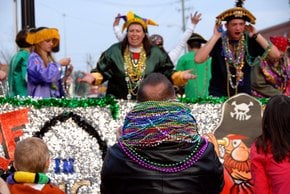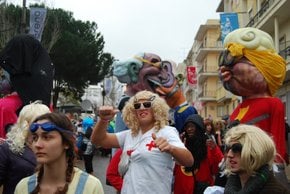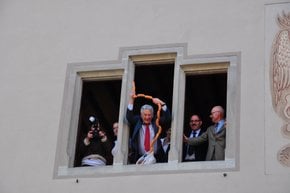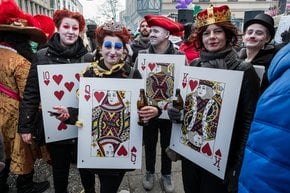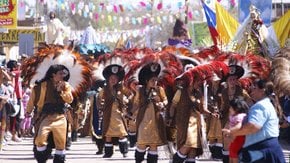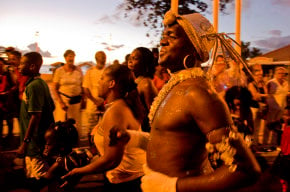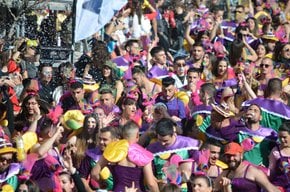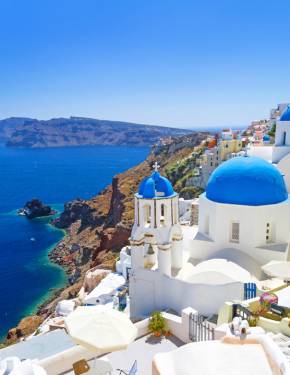Patras Carnival 2025 in Greece
A month-long Greek style fiesta in the city of Patras
Dates: January 17–March 3, 2025
Patras Carnival, known as the largest and most vibrant carnival in Greece, is set to bring its high-energy festivities to life in 2025. Held annually from mid-January to Clean Monday (usually falling in February or March), this multi-week celebration is a spectacle of parades, music, costumes, and cultural traditions.
Main Activities and Events
The Patras Carnival program is filled with a variety of events, catering to all ages and tastes. The festivities begin with an official Opening Ceremony held in mid-January, featuring performances and the symbolic arrival of the Carnival Queen. This lively event invites residents and visitors alike to join in the celebration, marking the beginning of weeks of entertainment, concerts, and interactive activities.
Among the key highlights is Tsiknopempti, a festive Thursday about two weeks before the main parade when locals fill the streets for open-air barbecues. As people cook traditional grilled meats, the air fills with mouth-watering aromas, creating a social gathering that merges culinary tradition with carnival revelry.
The last weekend of the carnival sees the Night Parade on Saturday, a vibrant procession in which participants illuminate their costumes creatively. This leads up to The Grand Parade on Sunday, featuring elaborate floats, thousands of costumed participants, and the Carnival Queen herself. This final parade is considered the pinnacle of the carnival, attracting large crowds who join in singing, dancing, and celebrating in a lively atmosphere.
Schedule and Program Highlights
Patras Carnival follows a schedule that kicks off in January and culminates in early March. Key events include the children’s parade, the treasure hunt game, and smaller neighborhood festivities. However, as the organizers emphasize, the carnival's allure also lies in its spontaneity and community involvement, with participants improvising their performances and costumes, ensuring each year's event remains fresh and unique.
Tickets and Parking
The carnival itself is open to all, with no ticket required to enjoy the main events. For those driving to the event, public parking options are available, although many streets may be closed for parade routes. Alternative transportation, such as trains and buses, is encouraged for easier access.
Location and Nearby Attractions
Patras, located in the western part of Greece’s Peloponnese region, serves as the perfect backdrop for this grand celebration. While attending the carnival, visitors can also explore nearby attractions, such as the Roman Odeon, the Castle of Patras, and the Achaia Clauss winery. These sites offer a quieter contrast to the bustling festivities, allowing travelers to experience both Patras’ history and modern culture.
Historical Background
The Patras Carnival, Greece's largest and one of Europe's major carnivals, dates back to the 19th century and combines Greek and Italian traditions. Initially, it featured private balls and public dances influenced by popular European styles. As Patras expanded its connections with Western Europe, particularly Italy, the carnival grew, with the first floats introduced in the 1870s and public balls held at the new Apollo Theatre. By the early 20th century, the event had become an essential part of Patras’ cultural calendar.
After pauses during the World Wars and other conflicts, the carnival revived in 1951, eventually becoming a municipal event. In 1966, the “Hidden Treasure Hunt” game became a tradition, boosting engagement alongside other unique events, like the children’s carnival and the popular sokolatopolemos (chocolate wars).














